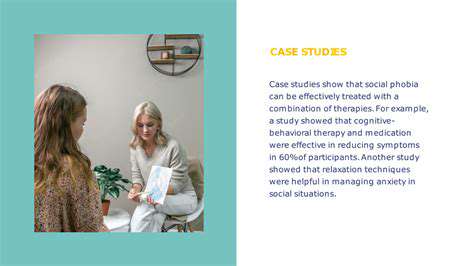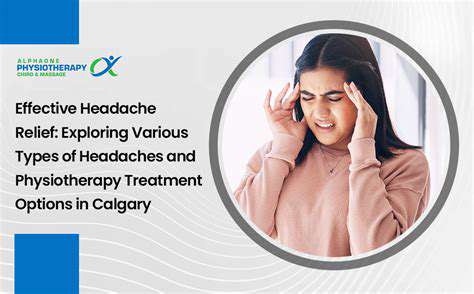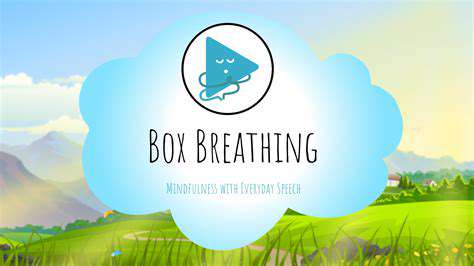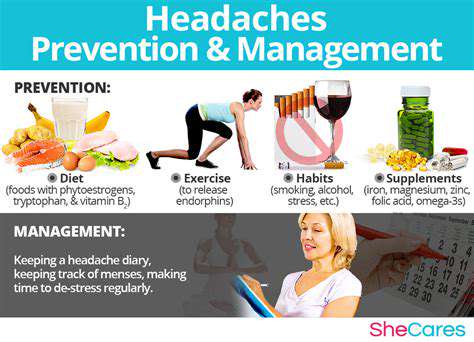The Role of Physical Therapy in Managing Certain Headaches
Understanding the Connection Between Physical Issues and Headaches
When it comes to persistent headaches, many people overlook the critical role physical therapists play in uncovering the true source of the problem. These healthcare professionals possess specialized training to detect subtle musculoskeletal imbalances that often contribute to chronic head pain. Through careful observation and hands-on assessment, they can identify issues like muscle tightness, postural deviations, or spinal irregularities that might be triggering your discomfort.
A comprehensive evaluation typically includes analyzing how you move, stand, and use your muscles throughout daily activities. This holistic approach helps create a complete picture of your physical health and its potential connection to recurring headaches. Unlike quick fixes that merely mask symptoms, this method seeks to address the underlying causes for lasting relief.
Assessing Muscle Tension and Trigger Points
Have you ever wondered why certain areas of your neck or shoulders feel particularly tight when you have a headache? Physical therapists use specialized techniques to locate these problematic zones. Through careful palpation and movement analysis, they can pinpoint exactly which muscles are overworked and contributing to your pain.
Evaluating Posture and Spinal Alignment
Modern lifestyles often encourage poor posture - whether from hunching over computers or constantly looking down at phones. Over time, these habits can create significant strain on your neck and back muscles. Physical therapists examine your spinal alignment and movement patterns to identify any postural habits that might be setting the stage for frequent headaches.
By correcting these alignment issues through targeted exercises and ergonomic adjustments, many patients experience not only headache relief but also improved overall mobility. This preventive approach helps maintain proper spinal health and reduces the likelihood of future discomfort.
Identifying and Treating Underlying Conditions
In some cases, headaches may signal more serious health concerns. Physical therapists collaborate closely with physicians and specialists to ensure all potential medical causes are properly evaluated. They serve as an important link in the healthcare chain, carefully documenting symptoms and physical findings to assist with accurate diagnosis.
This team-based approach ensures that patients receive comprehensive care tailored to their specific needs. When necessary, therapists can facilitate timely referrals to other specialists for further evaluation or treatment.
Developing Personalized Exercise Programs
Every individual's body and headache patterns are unique. That's why physical therapists create customized exercise regimens designed to address each patient's specific weaknesses and imbalances. These programs typically focus on building strength in underused muscles while improving flexibility in tight areas.
Manual Therapy Techniques for Headache Relief
Hands-on treatment methods can provide remarkable relief for headache sufferers. Techniques like therapeutic massage, joint mobilization, and specialized stretching help release tension and restore normal movement patterns. Many patients report feeling immediate improvement after these sessions, with benefits that often continue to build over time.
These interventions target the physical root causes of headaches while teaching patients self-care strategies they can use at home. This combination of professional treatment and patient education creates a powerful approach to long-term headache management.
Muscle Tension Headaches: A Common Culprit Addressed by Physical Therapy

Understanding Muscle Tension Headaches
Muscle tension headaches rank among the most frequently reported types of head pain. Characterized by a persistent, dull ache that often feels like a tight band around the head, these headaches typically stem from prolonged muscle contraction in the neck and scalp regions. What many people don't realize is how closely these headaches relate to daily habits and environmental factors.
Causes and Contributing Factors
Numerous elements in our modern lives can set the stage for tension headaches. Extended computer use, poor workstation ergonomics, and even emotional stress can all contribute to the muscle tightness that triggers these painful episodes. Interestingly, many sufferers don't connect their daily activities with their headache patterns until a physical therapist helps them see the correlation.
Other potential triggers include dehydration, inadequate sleep, and nutritional imbalances. While these factors might seem unrelated at first glance, they all affect muscle function and can therefore influence headache frequency and intensity.
Symptoms and Diagnosis
Tension headaches typically produce bilateral pain - meaning both sides of the head are affected equally. The discomfort often begins at the back of the head and radiates forward, creating that characteristic tight band sensation. Unlike migraines, these headaches usually aren't accompanied by nausea or light sensitivity.
Diagnosis primarily involves a thorough history and physical examination. In cases where symptoms seem atypical or particularly severe, additional testing might be recommended to rule out other potential causes.
Treatment and Prevention Strategies
Effective management of tension headaches requires a multifaceted approach. Simple lifestyle modifications often yield significant improvements - things like taking regular breaks from screen time, practicing good posture, and incorporating stress-reduction techniques into daily routines.
Physical therapy offers particularly valuable tools for both treating existing headaches and preventing future episodes. Therapeutic exercises, manual therapy, and education about body mechanics can all contribute to lasting relief.
Cervicogenic Headaches: Addressing the Connection Between Neck and Head Pain
Understanding the Source of Cervicogenic Headaches
Cervicogenic headaches present a unique diagnostic challenge because the pain originates in the neck but is perceived in the head. This referred pain phenomenon occurs because nerves in the cervical spine share pathways with those serving the head region. When neck structures become irritated or dysfunctional, the brain may interpret these signals as head pain.
Common Symptoms Associated with Cervicogenic Headaches
These headaches typically begin in the neck or base of the skull before radiating to the forehead, temple, or behind the eyes. The pain often worsens with specific neck movements or sustained postures. Many patients report accompanying neck stiffness or reduced range of motion.
Triggering Factors for Neck-Related Headaches
Certain activities and positions seem particularly likely to provoke cervicogenic headaches. These include prolonged computer use, sleeping in awkward positions, or activities that require looking upward for extended periods. Even minor trauma like whiplash can set the stage for these headaches to develop.
Diagnostic Evaluation for Cervicogenic Headaches
Accurate diagnosis involves a careful history and physical examination focusing on neck function. Clinicians often use specific manual tests that reproduce headache symptoms by manipulating cervical structures. In some cases, diagnostic imaging might be ordered to rule out other potential causes.
Effective Treatment Strategies for Neck-Related Headaches
Treatment typically combines manual therapy to restore normal joint and soft tissue function with therapeutic exercises to improve strength and flexibility. Many patients respond well to this combined approach, often experiencing significant reduction in headache frequency and intensity.
Lifestyle Modifications to Prevent Recurrence
Simple changes like adjusting workstation ergonomics, using proper pillow support, and incorporating regular neck stretches can make a substantial difference in preventing recurrence. Physical therapists often provide personalized recommendations based on each patient's specific needs and daily routines.
Just as humans experience stress-related symptoms, our canine companions also display physical signs of tension. These might include excessive panting, trembling, or changes in appetite - all indicators that shouldn't be ignored.
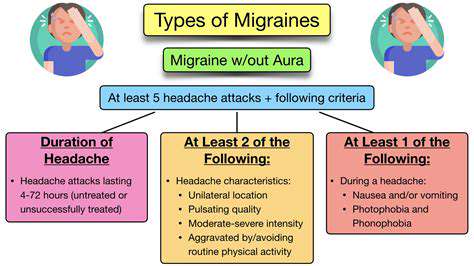
Trigger Point Therapy and Headache Relief: A Deep Dive into the Techniques
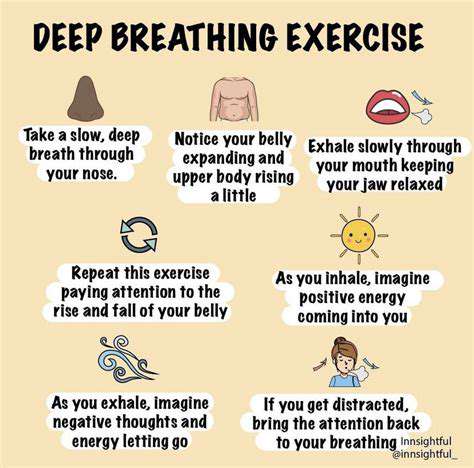
Understanding Trigger Point Therapy
This specialized treatment approach focuses on identifying and releasing hyperirritable spots in muscle tissue that can refer pain to distant areas. When applied to headache management, trigger point therapy often targets muscles in the neck, shoulders, and jaw that commonly contribute to head pain.
The Trigger Point Therapy Process
Treatment begins with a thorough assessment to locate active trigger points. The therapist then applies precise pressure to these areas, often holding for 30-90 seconds until the tissue releases. Many patients describe this as a good hurt that leads to significant relief afterward.
Effectiveness of Trigger Point Therapy for Headaches
Clinical experience suggests this approach can be remarkably effective for certain types of headaches, particularly those with muscular origins. Many patients report reduced headache frequency and intensity after a series of treatments, especially when combined with appropriate home exercises.
